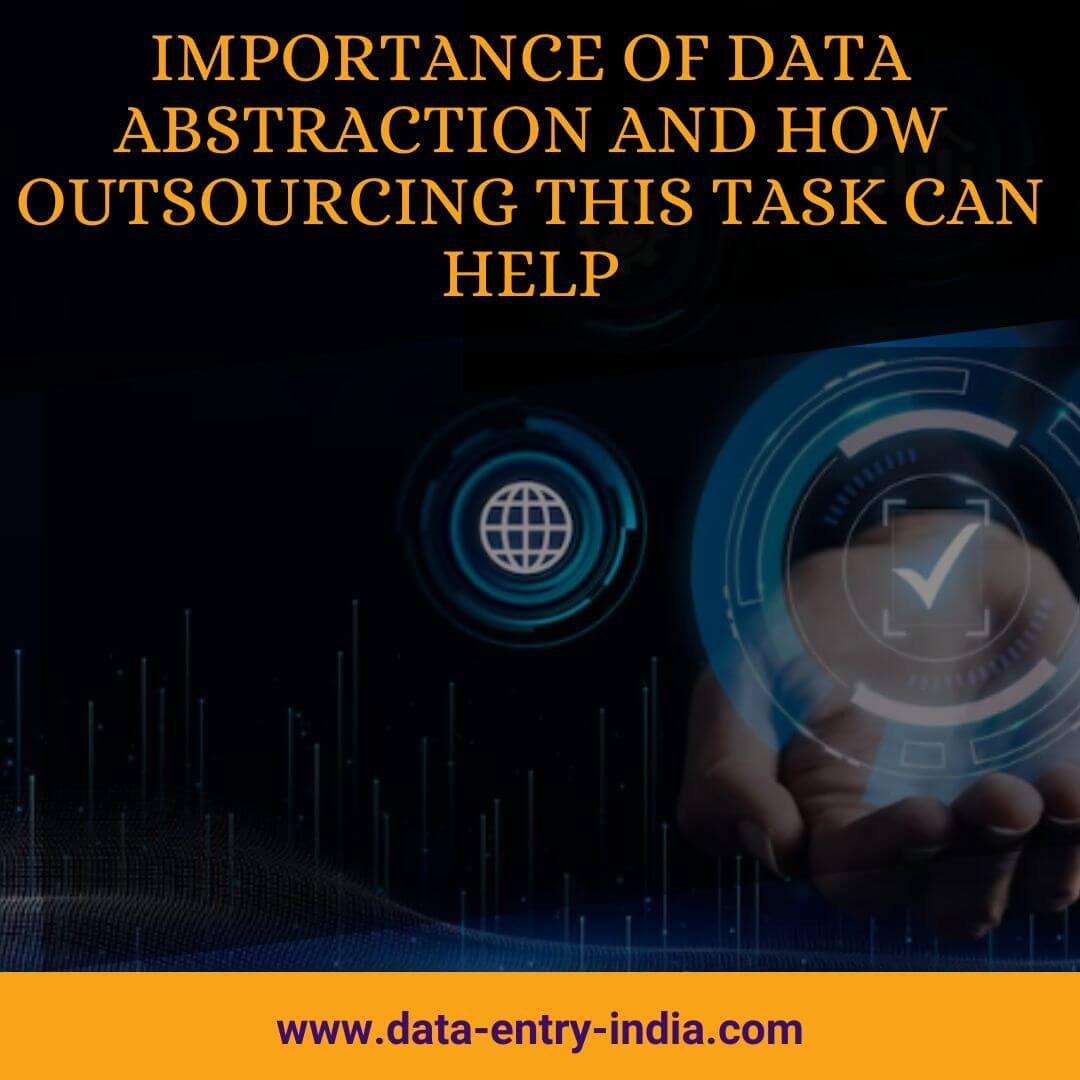Companies must ensure they utilize available business data optimally. Businesses need to make the raw data usable, process it, and analyze it to check which marketing strategies work best for them. This is the reason why more companies are working toward getting high-quality data, as it will not only boost effective decision-making but will also help them save a lot of money and time in preparing and implementing marketing strategies. One of the methods to simplify the complexity of datasets is data abstraction.
By eliminating unnecessary components, data is concentrated solely on the important aspects. If you struggle to get the task done in-house, you can seek expert assistance. By using professional data abstraction services, your business data can be quickly and easily converted into a more usable format.
This guide discusses the different types of data abstractions and tells you why it is important for today’s business.
Types of Data Abstraction
Data abstraction can be performed based on the following three types:
1.Physical or internal level: The raw data is physically kept as files in this data abstraction layer. This layer contains all defined complicated data structures and data accessing techniques. It is the lowest level of data abstraction in a database management system. The database administrator chooses how the data will be stored on these actual HDDs (hard disk drives).
For example, a business may receive the information about their customer in the form of a table or might be in block storage like gigabytes, bytes, etc.
2. Conceptual or logical level: The data structure is defined at the logical or conceptual level following the extraction of the raw data from the physical or internal level. This resembles the raw data’s blueprint. This second layer doesn’t contain information on how the customer/end user will see the view of data.
For example: Suppose we have information on a few products, such as manufacturing date, name, and product ID, and we also have information about customers, such as buyer’s name, buyer’s address, and buyer’s ID. We must now properly frame this data in tables of products and clients. To display which product has been ordered by the consumer, we can even frame a join afterward.
3. External or view level: An end user gets to see this. Although the user does not receive the complete database, the user can view the data depending on the front-end queries. It could be a single piece of information from the entire database or a group of information in tabular form. The user can access multiple perspectives of the same data, which can be displayed as a pie chart, table, or graph. The greatest level of data abstraction in a database management system is called the view level.
For example: Let’s use the example from the logical level part to illustrate. If a customer requests to check his order history, he can only access the orders he has placed in the past. Let’s imagine a store owner requests access to the items on the order list. He is given access to a table that lists all the details regarding the goods and the recipients of those goods.
Why Is Data Abstraction Important?
The following reasons illustrate why data abstraction is crucial for your business:
- If your data acquisition has varying modes, data abstraction can synthesize the data in one location, making it more convenient.
- With data abstraction, data is compiled in a method that makes it simple to extract insights, aiding the business in developing better decisions and marketing strategies.
- Data abstraction makes it simple to retrieve data, assuring efficiency and a clutter-free workspace.
- No matter how the data is physically laid down, any application can readily obtain abstracted data.
- Data abstraction largely focuses on cleaning up data to get it ready for more service-oriented tasks.
Should You Outsource Data Abstraction Services?
When performing data abstraction in-house, your staff can get engaged to such an extent that focusing on core activities can take a backseat. This is why outsourcing data abstraction services to experts can be a wise decision for your business.
By outsourcing this task, you benefit in the following ways:
- Your company’s productivity increases.
- Data obtained is accurate and succinct.
- You gain a competitive advantage.
- It guarantees greater customer visibility.
- In accordance with the most recent standards, it renders your data trustworthy and secure.
- The high cost of hiring a full-time, qualified data analyst can be avoided.
To perform data abstraction professionally, the data must be streamlined while safeguarding all of its essential components. Large companies that only rely on data typically employ data analysts and experts. Smaller companies and thriving startups cannot afford to hire a full-time data professional. Because the services don’t just involve simplification and reduction, amateurs cannot perform data abstraction to perfection. Therefore, outsourcing the task to data abstraction professionals is the ideal alternative for smaller businesses.
Conclusion
With this guide, you’re now aware of the importance of data abstraction and whether to outsource it or set up an in-house team for the task. Today’s businesses (small-scale or start-ups) are prioritizing outsourcing over setting up in-house teams because it has various benefits to offer, such as low cost, easy scalability, and assurance of high-quality work. However, while choosing experts to hire, be careful to understand their expertise and whether they can fulfill your requirement appropriately.

